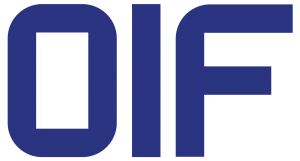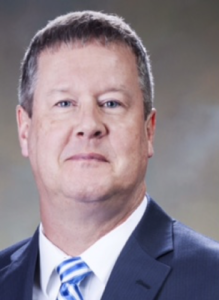OIF Launches Four Innovative Projects Covering a Broad Range of Technologies at Q2 Technical and MA&E Committees Meeting
Fremont, Calif.—June 6, 2023 – At OIF’s hybrid Q2 2023 Technical and MA&E Committees meeting held in Budapest, Hungary, May 9-11, members voted to initiate four new projects spanning multiple technology tracks. Additionally, a new member of the Board of Directors was appointed, a Working Group Chair was re-elected and a WG Vice Chair was appointed.
The volume of activity reinforces OIF’s significant role in the optical networking industry as the sole global forum driving electrical, optical and control interoperability. This interoperability is crucial in enabling a more efficient and reliable network.
The new projects across the multiple technology tracks showcase the breadth of OIF’s value to the industry and ongoing commitment to driving innovation.
“This quarter’s OIF meeting was a clear testament to the organization’s unwavering dedication to progress,” said Cathy Liu, Broadcom Inc and OIF President. “The overall energy and remarkable productivity within each technology track reflected a collective determination to spearhead innovative projects that foster interoperability.”
New Projects
Management of Smart Optical Modules Project: Current system management paradigms require tight coupling between hosts and pluggable optical modules. As module capabilities advance, host software must be updated. This additional development cycle delays the deployment of these advanced capabilities. In multi-vendor environments, it is becoming challenging for the various equipment developers to implement and track all the advanced features implemented by the various module vendors. There is also the requirement by end users for disaggregation of IPoDWDM solutions. This new OIF project will result in a white paper describing a new paradigm that decouples the controller from host software development, enabling faster realization of advanced module capabilities.
Energy Efficient Interfaces Framework Project: This umbrella framework project will study energy-efficient electrical and optical interfaces (sometimes referred to as “Linear” or “Direct Drive”) necessary to support the energy-efficient application requirements prioritized by OIF’s Physical Layer User Group Working Group.
800G/1.6T FlexE Project: This project will define interoperable next-generation FlexE specifications for 800G/1.6T PHY rates for mobile backhaul and data center interconnect applications. It will result in the revision of the OIF-FLEXE-02.2 implementation agreement by adding support for 800Gb/s and 1.6Tb/s FlexE PHYs.
Digital Twin Optical Network as an Enhanced Network Operation Project: Digital twins can enhance and accelerate network transformations, systems and operational process integrations. Verifying the accuracy of configuration or optimization orders provided by Digital Twin Network (DTN) systems is a challenge. This project will result in a white paper that identifies the challenges and technical requirements for digital twin modeling as an enhanced optical network operation. It will specify the relationship between the DTN and network management and control, interface operation, input/output data requirements and data collection – essential steps to broaden the adoption of digital twin use in optical networks.
Guest Speaker
Andreas Gladisch, Vice President Emerging Technologies, Deutsche Telekom, addressed the member audience and shared his perspectives on disaggregation and its significance in the telecommunications industry. He emphasized the necessity for network operators to collaborate in order to achieve success in this area and that by working together, they can reap the benefits of disaggregation and build more agile, flexible and cost-effective networks.
New Member of the Board of Directors
Prior to the meeting, the Board of Directors appointed Robert Stone, Meta Platforms, to fill an open seat on the Board through September 2023.
Technical Committee Working Group Updates
Jia He, Huawei Technologies Co., Ltd., was re-elected as Chair of the Networking & Operations Working Group and Tom Huber, Nokia, was appointed as Physical & Link Layer Working Group Protocol Vice Chair.
About OIF
OIF is where the optical networking industry’s interoperability work gets done. Celebrating 25 years of effecting forward change in the industry, OIF represents the dynamic ecosystem of 140+ industry leading network operators, system vendors, component vendors and test equipment vendors collaborating to develop interoperable electrical, optical and control solutions that directly impact the industry’s ecosystem and facilitate global connectivity in the open network world. Connect with OIF at @OIForum, on LinkedIn and at http://www.oiforum.com.
PR Contact:
Leah Wilkinson
Wilkinson + Associates for OIF
703-907-0010
leah@wilkinson.associates


